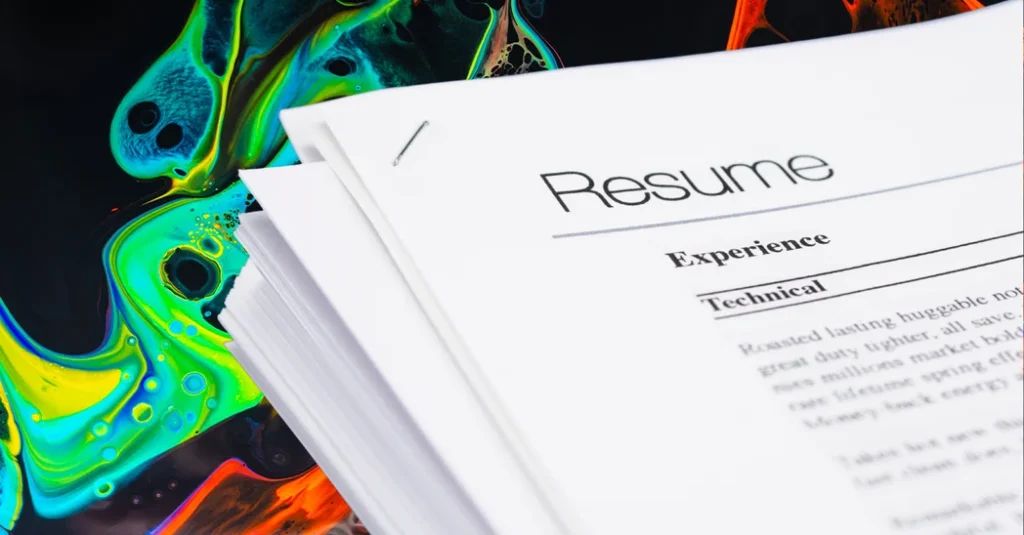The Mess of Hiring: AI Takes Over the Process

The traditional hiring process has been upended by artificial intelligence (AI), and not in the way you might expect. Job applications, once a simple affair, are now flooded with AI-generated résumés that seem to flood job postings like an avalanche. LinkedIn, for instance, now sees an average of 11,000 applications submitted every minute, a 45% increase from the previous year. But what does this mean for both job seekers and recruiters?
AI tools have revolutionized the process, allowing candidates to automatically generate tailored résumés and apply to multiple jobs with little to no effort on their part. While this could be seen as a time-saving convenience, it has also created a flood of applications from people who may not even be interested in the roles or fully qualified. For recruiters and hiring managers, the influx of applications has become overwhelming. Sorting through hundreds of job submissions from people who may never even engage further is a daunting task.
Moreover, AI’s involvement introduces risks, including the potential for bias. Hiring systems often inherit biases from humans, and now with the rise of AI-generated applications, these biases can be further magnified. There’s also the growing threat of fake applicants, with bad actors using AI tools to commit fraud, like submitting fake resumes or installing malware. Gartner estimates that by 2028, one in four job applications could be fraudulent.
The consequences are clear: both sides of the hiring process are experiencing a spiraling tech-driven arms race. Job seekers use AI to create their perfect application, while employers counter by deploying more sophisticated AI tools to filter these applications. It’s not uncommon now for AI tools to conduct initial screenings and even handle early interviews. In some cases, AI ends up interviewing AI, leading to a scenario where machines are interviewing other machines — leaving the humans who are supposed to be involved in the process lost in the shuffle.
What’s the Solution?
The problem lies not necessarily in using AI, but in relying on it too heavily. Companies and job seekers must strike a balance between using AI as a tool and ensuring that the human element is not lost. Even companies that specialize in AI, like Anthropic, are encouraging applicants not to use AI tools during the application process. They want to ensure recruiters can gauge a candidate’s personal interest and non-AI-assisted communication skills.
Even platforms like LinkedIn, which have introduced AI-powered tools to improve job matching and reduce mismatched applications, have yet to solve the bigger issue of over-reliance on machines. Though AI systems that detect AI-generated content have been developed, they are not foolproof. At the end of the day, the solution may lie in returning to more human-centric methods of hiring. Networking, relationship-building, and personal connections could become more valuable again as AI advances, ensuring that candidates are not just numbers on a screen.
Ultimately, it’s clear that both job seekers and employers will need to adjust and adapt as AI continues to evolve. While these tools have their advantages, they also pose unique challenges that demand human oversight and careful consideration. The AI arms race in hiring may continue to escalate, but it is essential for everyone involved to remember the importance of the human touch in recruitment.

